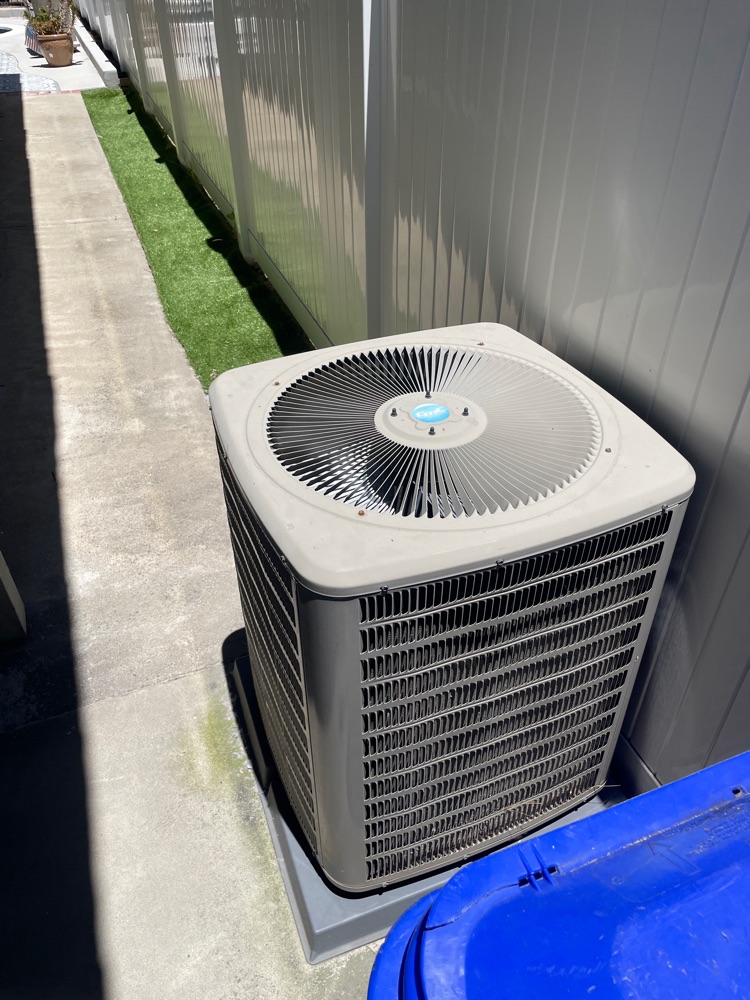Predicting your wonder how often owners have to clean filters, we may advise doing it at least two times a year (before summer and after). Nevertheless, during especially hot periods, you will need to do it more often. There is an obvious connection between dirty filters and the quality of AC work. Moreover, improperly cleaned filters can cause a whole host of problems for homeowners. First of all, they can cause allergens to build up in your home. This leads to poor indoor air quality and can cause you and your family some unpleasant physical symptoms, like stuffiness, sneezing, and itchy eyes. No need to say that normal functioning of the appliance will be impossible under this condition. Clogged filters force your system to use more energy to cool your home. And that translates into a higher utility bill. Not to mention, when a dirty filter constantly forces your AC system to work overtime, it causes some significant wear and tear on your unit. And ultimately, that can lead to system failure long before breakdowns or the need for repairs should happen. Check for dust on surfaces and furniture near the vents. This is a direct sign of the dirty air filter. If the surfaces nearest the vents are dustier while others appear cleaner, it’s a sure sign that your air filter needs replacing. One clever way to determine if the air filter is dirty is to do the "white sheet test." This involves hanging a clean white sheet approximately 5 inches away from one of the vents for at least one hour. If the sheet turns gray, you’ve got a filthy air filter. The grayer the sheet, the dirtier the filter. Replacement and cleaning the filters is not a hard task. Though, you can always delegate this grunt work to professionally prepared assistants who are able to eliminate the issue fast and efficiently.

November 26, 2023
AC is leaking from the coil – HVAC Troubleshooting in San Diego
Have you encountered a leaking air conditioner? This causes not the most pleasant feelings and deprives you of comfort. Before solving this problem, you should determine what exactly became the source of the air conditioner flow.


















